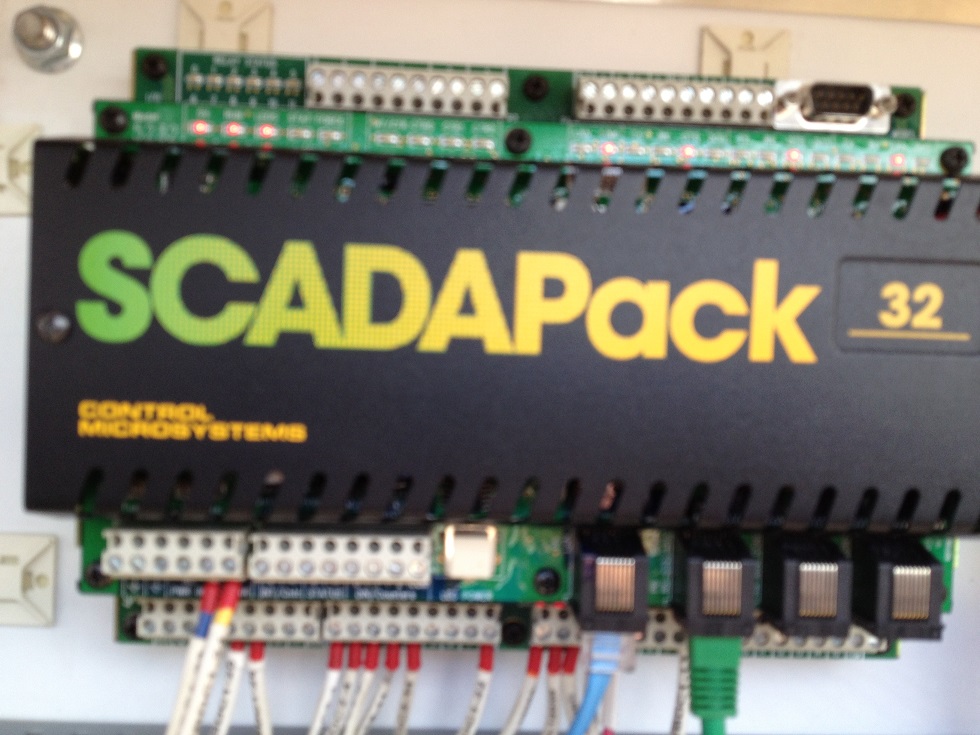Communication
When I first started my career in instrumentation I ran across a control room that was completely pneumatic. I had been in other control rooms where there were mercury level indicators hanging on the wall and I was ok with working on Foxboro 13A and such but the whole control room? It was crazy. For a large portion of my career I was an analog trouble shooting dude. The good old days. Well they have disappeared and it's time to learn a whole lot of new lingo and what it means. I'm not an expert by any means on this but I'm learning and going to take some classes this year on it.
I had a job a while back for a tiny plant that sells gas from a landfill to a large plant. There is not a lot of transmitters but they all have to read in the large plants control room or they can't accept the gas. It's all interlocked. Well none of the signals were making it. There's a PT, FT, AT, and a few level switches and a couple TT.
I get there and all I know is nothing is making it to the DCS. So first I am looking at these components in this box. There's a scada pack and the analog signals come into here. I have good voltage everywhere and my milliamps look good off the transmitters. There's a switch and it has a fault light on it so I'm like "hey". Yeah no. Not that easy. The switch is for a phone to dial in and talk to the scada which never worked so I took that out of the loop. So we have a plug in cable that is green that goes to an RS 232 to 485 converter. The run to the rack room was too far for 232. Everything looks good on the converter but how can you really test that thing. So now I follow out my wire and chase it to a small rack room. There I find a RS 485 to fiber box and then the fiber to the DCS. Some stupid electrician had tossed a roll of wire in the box and turned off power to this converter. Powered up and then it was talking and I'm a hero.
_________________________________






